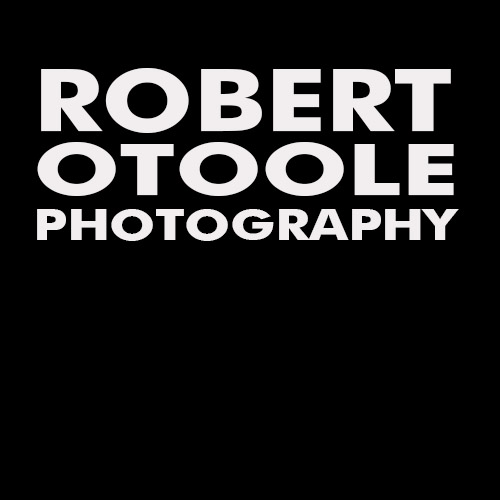European Bee-eater male passing a bee to a potential mate. Southern Hungary. Nikon D4 with Nikon AF-S NIKKOR 500mm f/4G ED VR II AF Lens, 1/1250 @ f8, 51-point Dynamic-area AF with 3D tracking, auto ISO at 400, EV comp -.7, Jobu designs JR3 gimal head and CF tripod.
3D focus tracking and Auto-area AF impossible on Nikon D4 and D800 with TCs
If you own a 500 VR or 600 VR or any f4 and you use 51-point Dynamic-area AF 3D tracking you need to be aware of incompatibility that you will lose 3D tracking mode with 1.7x and 2x teleconverters. If you are using Dynamic-area 51 point with 3D tracking and you install a 1.7 or 2X, the camera goes into Single-area mode. You can then enable Dynamic-area 51 point again but 3D tracking mode is not possible.
-You can select Dynamic-area 51 point mode with a 1.7x or 2x with a D4 or D800 and 500 VR but Dynamic-area 51 point with 3D tracking enabled is a completely different animal than plain Dynamic-area 51 point mode.
-With a D3S body, 500 VR and 1.7 or 2X it is possible to use Dynamic-area 51 point with 3D tracking although this combination is not officially supported.
-All focus modes including Dynamic-area 51 point with 3D tracking were available with the D4 / D800 and Nikon TC-14E II Teleconverter.
Updates, June 5th, 2012
I edited the information above in an effort to make the information above easier to read.
Information from the Nikon D800 User Guide page 373 and on page 387 in the Nikon D4 User Guide.
Nikon AF-S NIKKOR 500mm f/4G ED VR II or Nikon AF-S NIKKOR 600mm f/4G ED VR lenses
Autofocus points show in the diagram when used with the TC-17E 1.7X and TC 20E III 2X teleconverters. When used with the 2X TC focus data for focus points other than the center focus points are obtained with line sensors. Single point AF is used when 3D tracking or auto-area AF is selected as the AF mode.
Also I just received an email from a friend regarding an email reply he received from NPS on the issue. The funny thing about the response is not only were they unable to help with any new information bu they did tell my friend that what I was doing with the D3S was impossible according to Nikon's official specs. D3S Dynamic-area AF or Auto-area AF modes do not officially work with a 1.7x or 2x on the Nikon AF-S NIKKOR 500mm f/4G ED VR II.
The D4 and D800E used in all of the above have the newest firmware installed, D4 firmware A: 1.01 / B:1.01 and D800E firmware A: 1.00 / B:1.01 respectively.
Update June 9th
Edited the first section of this post for clarity.
Today I tried a Sigma 2X TC on a Nikon AF-S NIKKOR 500mm f/4G ED VR II with a D4 and 3D tracking mode was indicated but the combination was not compatible (problems with focus pumping). I did not try the Sigma 2X on a D800.
D4
A > 1.01
B > 1.01
L > 1.004
D800 E
A > 1.00
B > 1.01
L > 1.004
Leave a comment below if you have any questions or comments about this issue.
If you would like to learn more about Nikon 3D AF and related tech see these links to Nikon USA
D800 User's manual at Nikon USA:
D4 user's manual at Nikon USA:
More on 3D and 51 point AF at Nikon USA's site:
http://www.nikonusa.com/Learn-And-Explore/Nikon-Camera-Technology/ftlzi4lx/1/3D-Focus-Tracking.html
All content (including text, design, photos, layout, and graphics) are copyright © 2012 Robert OToole. All rights reserved.
